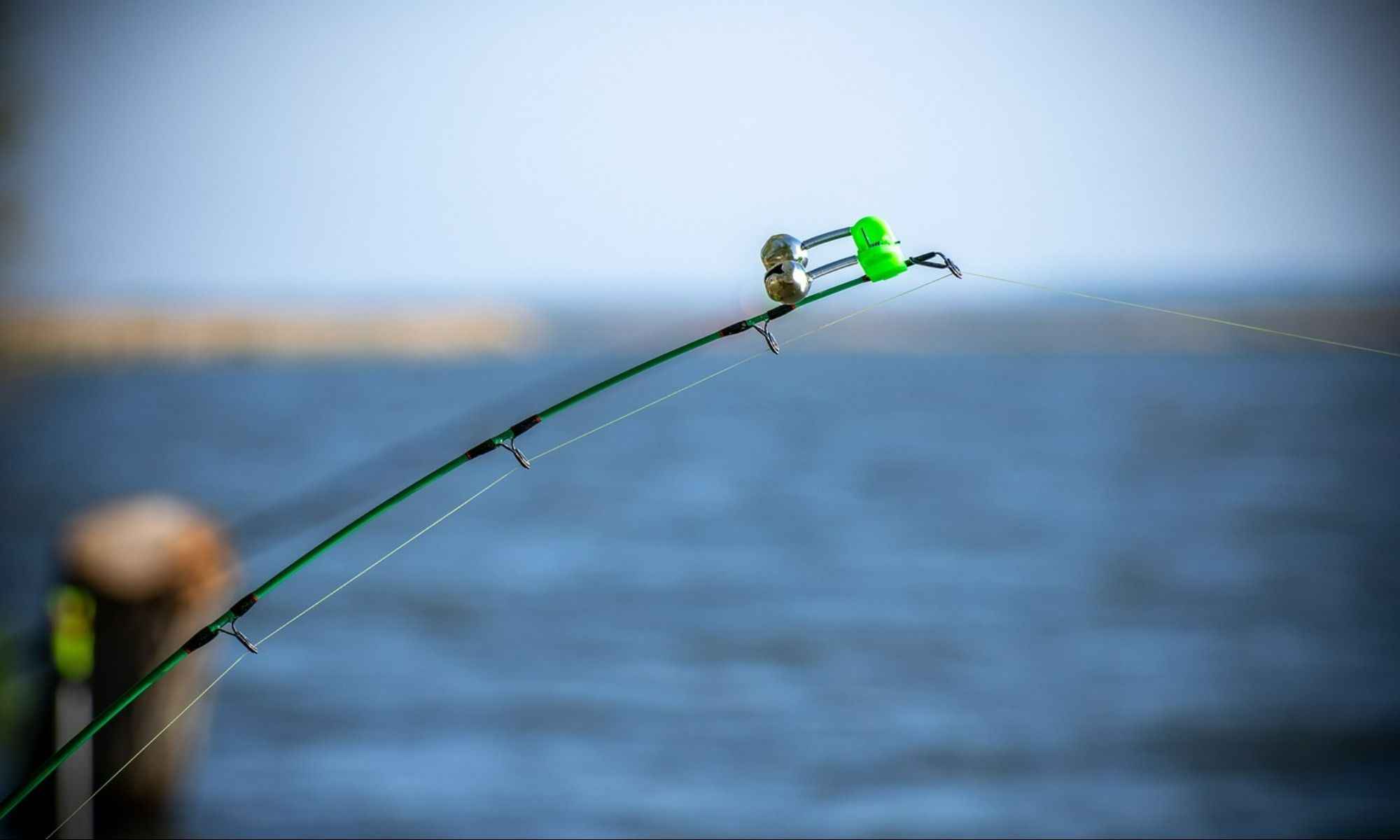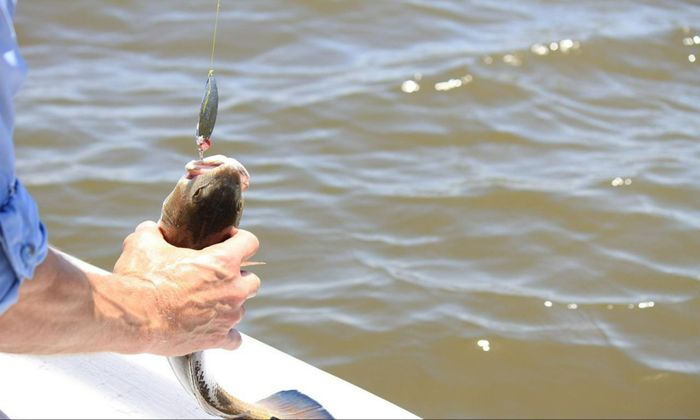5 Fishing Lines You Should Know About
Know the 5 best fishing lines any angler should invest on with this list!

Fishing lines are essential in recreational fishing as it is one of the primary parts of a typical fly fishing rig. Beginners and experienced anglers know the importance of fishing lines to the sportfishing world. It plays an essential role in the distance and presentation of delivering the bait out to the water. In a more philosophical sense, the fishing line is vital as it is the connection of the angler to its game.
What are Fishing Lines

A fishing line is a cord used for angling. It is typically connected to a rod and reel on one end, and a hook is attached to the other end. A long, thin thread characterizes a fishing line. The material, weight, thickness, and length of fishing lines vary. Different kinds and types of lines have attributes that can be utilized in different fishing styles. Other qualities, characteristics, and factors to consider when picking out fishing lines include:
1. Durability
When choosing a fishing line, choose one that can withstand any fishing situation and last a long time. This is a wise choice for long-time anglers who fish for passion and not for a hobby.

2. Visibility
Fish are observant of their surroundings. This is why unusual sounds, sights, or scenarios can scare them away. Fishing lines with low visibility in water are advantageous for camouflage.
3. Castability
Casting is an important part of recreational fly fishing. A good day of fishing can solely depend on good casting. A fishing line with excellent castability means that it is suited for multiple casting techniques. It also has the right amount of flexibility and bounce, depending on the method used.
4. Strength
Competitive anglers often find themselves in a good fight with a big catch. This is why it is important to pick a fishing line that is strong enough to hold long minutes of a brawl with a big game fish.
5. Stretch
Line memory plays a big role in determining whether a line’s stretch is efficient or not. Lines that do not stretch are more sensitive to fish strikes than those that stretch.
6. Resistance
Resistance to abrasion, UV, and water means that the line would not degrade with exposure to these elements. Pick a line that lasts the tests of these elements and other weather conditions.
The Chinese were the first to make the earliest fishing lines, which they spun from fine silk. Today, most of the modern fishing lines found in the market are made from nylon, silk, or braided polymers.

Techniques That Can Be Used With Lines
The most basic setup for recreational fly fishing is a rod and reel. Casting a fishing line with a baited hook out into the water is an example of this technique. Handlining is another technique. Handlining, as opposed to traditional rod and reel angling, involves holding a single fishing line with both hands. It should not be confused with handfishing, a fishing technique that involves catching fish with one's bare hands.
One type of commercial fishing that primarily uses fishing lines is called longlining or longlines. It is the process of casting out or dropping very long lines into deep waters. The line typically runs for many miles and has hooks at different distances and intervals.
5 Fishing Lines to Check Out
1. Monofilament Fishing Line
The monofilament fishing line is the most basic and common. This is why it is always worth checking out for any beginner angler. It is called "mono" because its nylon material is a single, untwisted, and continuous filament. This line can be used in any fishing condition or body of water. It's smooth and a little stretchy. Its buoyancy can be advantageous or disadvantage when fishing, depending on the situation, fish, and fishing style.
2. Fluorocarbon Fishing Line
Fluorocarbon fishing lines can be used in both freshwater and saltwater fishing. Often, it is used as leader material, complementing braided lines. However, many companies have now released it for primary line use. The advantage of this line is its complete invisibility in the water and strong resistance to abrasion. It is also a single string-like monofilament, but a fluorocarbon fishing line’s molecules are more compact and tightly packed, exhibiting a denser and heavier finish. This fishing line also sinks quickly, advantage and disadvantage, depending on the situation. Its lack of buoyancy is best for bottom fishing and jigging. This line also has a bit of a stretch, suitable for trolling.
3. Tenkara Fishing Line
Tenkara lines are not to be missed. They are one-of-a-kind lines used in Tenkara fishing, a fixed-line fishing technique developed in Japan 400 years ago. Its lines are traditionally furled lines that are the same length as the tenkara rod. They may have some similarities with the traditional British folded leader line. A tenkara line comprises several monofilament lines that are twisted together, decreasing in number as they approach the tip. This produces a taper, which allows the line to be cast. It propels a weightless fly forward. Its delicate presentation and easy casting attributes make it worth checking out.
4. Fly Fishing Line
Another fishing line to check out is the fly fishing line or fly line. It is designed to provide the weight or mass needed to cast an artificial fly with a fly rod. The original fly lines were made out of woven horsehair. Over time, it developed into woven silk fiber lines. Synthetic materials progressively supplanted natural materials in manufacturing fly lines as plastics technology developed. The slickness, buoyancy, form, and weight of today's fly lines are determined by an exterior synthetic layer placed over an internal core material, defining the line's strength and flexibility. The fly line is attached to a tippet with various breaking strengths. Fly lines are also available in a variety of weights to complement corresponding fly rods.
5. Wire Fishing Line
Last but not least, check out wire fishing lines. Fishing lines can also be made out of wire, either single strand or braided. When used as a leader material for toothy fish like mackerel and tuna, wire fishing lines may be very effective in catching fish. Wire fishing lines can deal with strong currents and boat speed without resorting to bulky lead sinkers. Given that wire lines are both heavier and thinner than mono or braid lines, it's no surprise that they sink faster and offer less resistance to water flowing past them. A wire is also employed in trolling when it is crucial to go to deeper depths. Specific, reinforced spools are needed for reeling when fishing with wire fishing lines.




